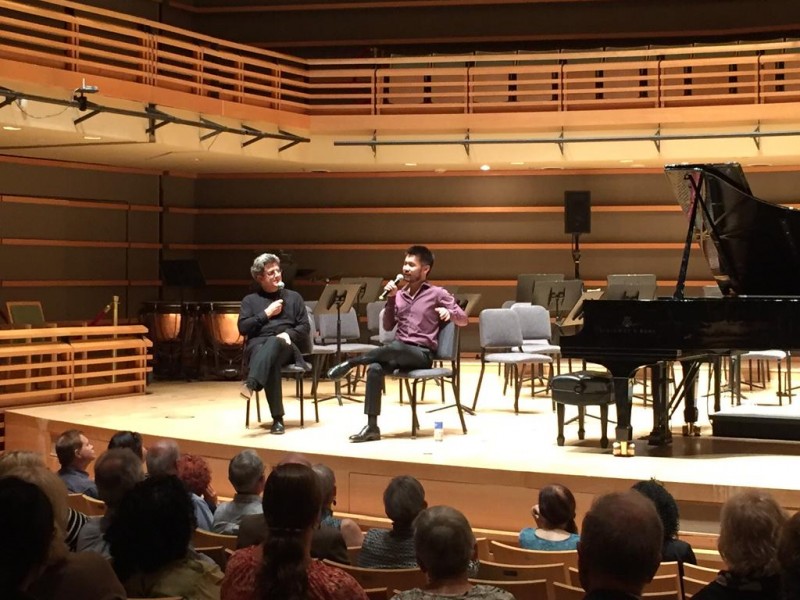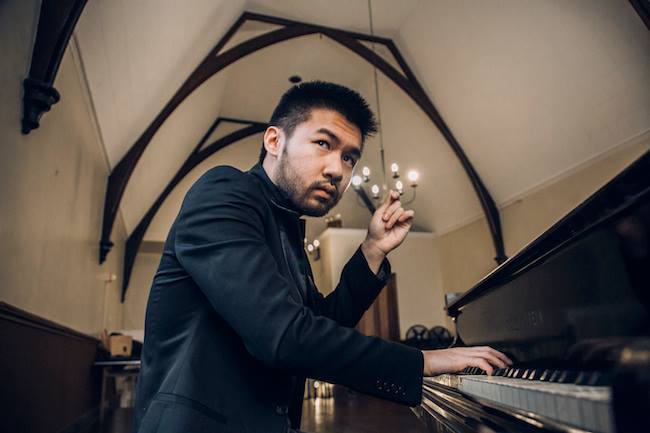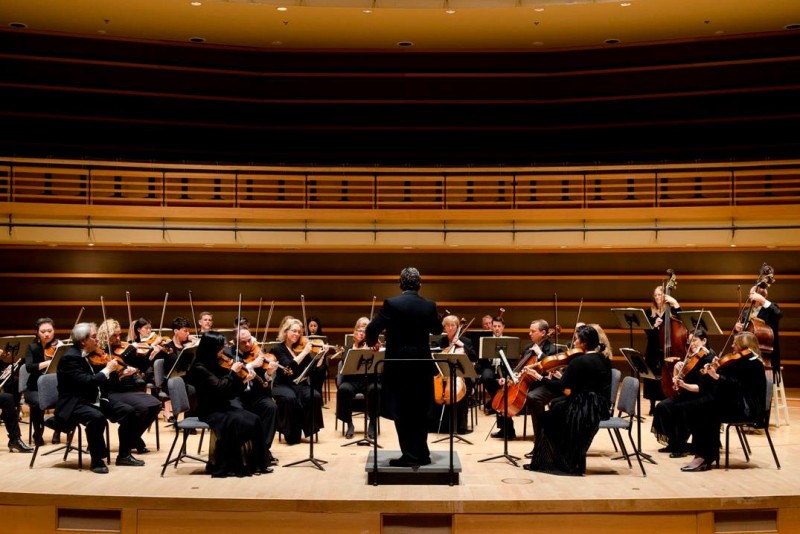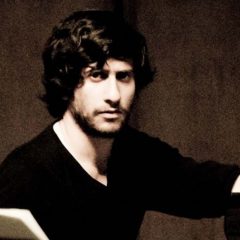My favorite description of chamber music has to be by Richard Walthew. In a 1909 lecture, Walthew referred to chamber music as the “music of friends”. Naturally, chamber music and the City of Brotherly Love fit each other like a glove, with the Chamber Orchestra of Philadelphia putting their stamp on this long-loved music-making tradition.

The Chamber Orchestra of Philadelphia’s mission since its founding in 1964 is “to be a sustainable musical institution that brings the intimate experience of a world-class chamber orchestra performance to the greater Philadelphia area, enriching the musical life of the City and region by the integrity and excellence of its musicianship, the boldness and vitality of its programming, and by cultivating and building the loyalty of its audiences, musicians and supporters”. While this is a hefty mission, the organization has succeeded admirably in its 51 years.
At the helm is music director Dirk Brosse, who is equally respected as both a conductor and composer (his Cello Concerto was recorded by the London Symphony Orchestra this past month). Plus, a fun fact for all the Star Wars fans out there: Brosse was chosen by John Williams to be the principal conductor of the Star Wars In Concert World Tour.
Bridging old and new styles
The program opened with Delibes’ seven-movement suite Le Roi S’Amuse: Airs De Danse Dans Le Style Ancien, which is a lesser-known suite that premiered in 1882 as incidental music to Victor Hugo’s play Le roi s’amuse (this play celebrated its 50th anniversary that very year). Each movement had its own musical flavor, quickly going from aggressively militant to airy and lyrical.

This wonderful theme-and-variations style of suite then made way for the star of the evening: pianist Conrad Tao, who led us through not one but two piano concertos. It must be stated up front that Tao hasn’t even finished his schooling–he is currently attending the Columbia University/Juilliard School joint degree program with a focus in music composition. Tao’s talent is remarkable, especially for such a young musician.
The first of the two piano concertos was a well-paced world premiere (with electronics!) composed by none other than Tao himself. “An Adjustment” begins with several musical sentences that build up only to end in pauses. It is in these pauses that so much happens–at the very least for the audience, who can anticipate what comes next. The B movement allowed concertmaster Miho Saegusa to shine in a violin solo filled with marvelous arpeggios. This particular movement had a warm orchestral balance while still maintaining a certain crispness that the previous movement enjoyed.
In Part Two of the concerto, we see Conductor Brosse and Tao put on headphones, which is a sight that I have never seen in the concert hall. The laptop speakers and electronics eventually kick in when Tao plays the bass notes of the piano. The change is so sudden that a patron asked, “What was that?” after hearing the thumping echo. Tao paid a great deal of attention to how the electronics would contribute to the concerto. He managed the tough balance of electronics and acoustic instruments, without making the latter a prop for the sake of using different sounds.

Tao then went on to deliver the beloved Piano Concerto by Saint-Saens with a reserved, emotional intensity. My grandmother, who celebrated her birthday that week and attended the concert with me, made an astute observation at intermission: Tao’s hands aren’t all that big, yet he is able to have his way with the piano. His fervor belies a young artist with a bright future.
The Delibes/Tao/Saint-Saens combo proved to be a rewarding one for the Chamber Orchestra of Philadelphia, as it combined creative, avant-garde music from the 18th century to the present. Tao’s composition style in particular will be encouraging to a certain type of classical music fan out there who is hoping for postmodern music to redefine its identity and find widespread appreciation–it also doesn’t hurt having a well-oiled chamber orchestra making those big steps. It is safe to say that if the Chamber Orchestra of Philadelphia continues its creative collaboration with young artists, it’s going to gain a lot of new friends.
For more information on the Chamber Orchestra of Philadelphia, visit chamberorchestra.org and follow Conrad Tao on Twitter @conradtao.






